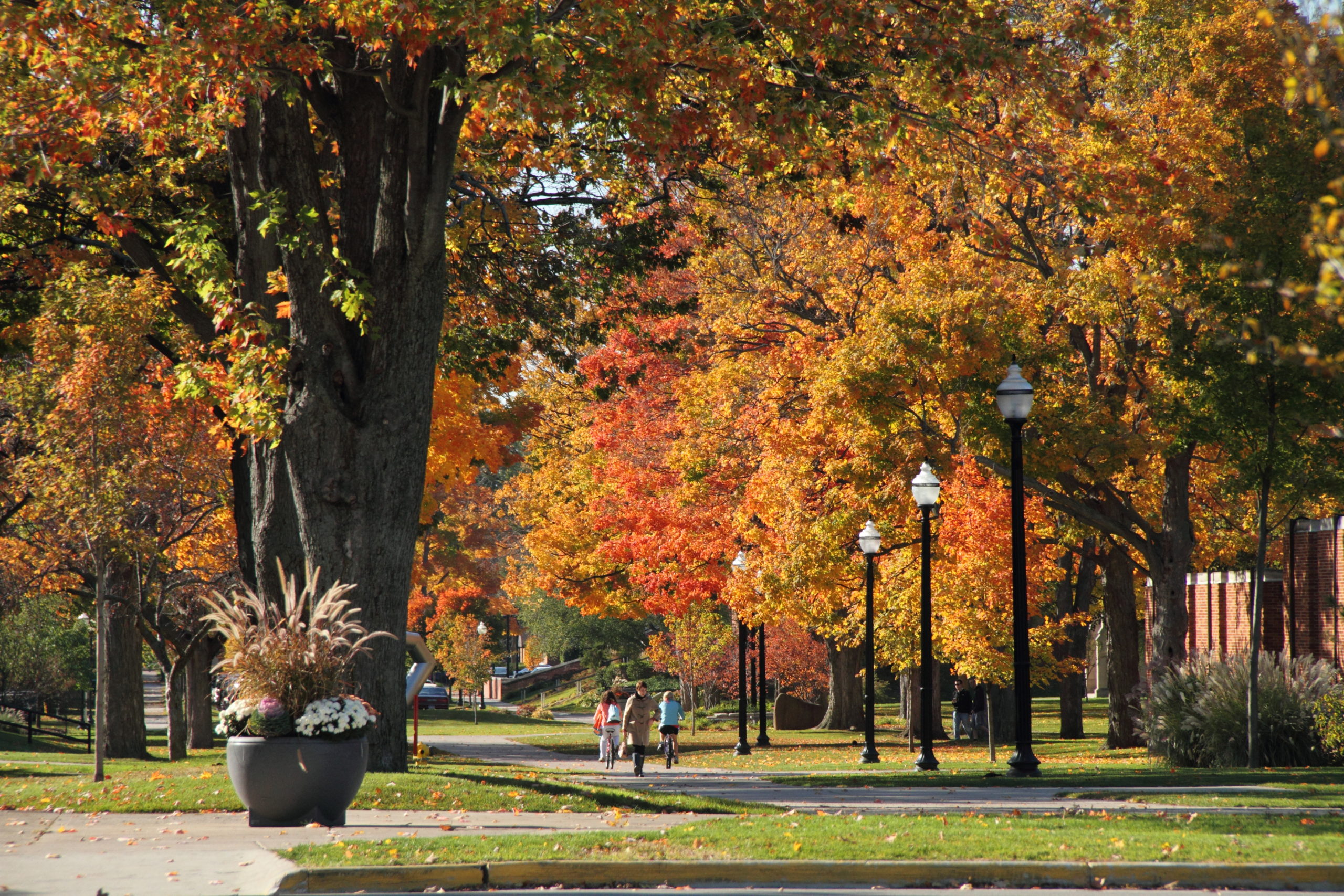
Selecting Trees for Your Community
Community trees suffer hostile environments, whether in urban or rural conditions.
Sidewalk planting pits and parking lot planting islands have limited space for root growth and soil water and nutritional needs. While “bump-out” curbs provide more space for establishment and growth of trees, they are still restricted spaces. Especially under utility lines, trees suffer serious damages associated with pruning practices to ensure continued service to customers.
The concept of Right Tree, Right Place (an Arbor Day Foundation program) is imperative to ensure tree longevity, even when tree planting and inventory plans include a limited life-time for these specific locations.
Community success for tree longevity is not only associated with the establishment and maintenance practices applied, but also, and perhaps more importantly, with the selection of proper species for their expected mature heights, spreads and canopy growth patterns and shapes, including evergreens for visual or audible screens. These concerns are especially practical where utility lines exist nearby. A variety of publications are available on this topic, and a few are noted here.
Street Tree Factsheets. H. Gerhold, N. Lacasse, W. Wandell, Eds. 1993, ISBN 1-883956-00-5
Compatible Tree Factsheets, 2nd Edition. (same authors),
ISBN 1-883956-01-13
Available from: Municipal Tree Restoration Program, Penn State
Trees for Urban and Suburban Landscapes. Ed Gilman. 1997,
SBN 0-8273-7053-9
Available from: Delmar Publishers, Albany New York
www.arborday.org/trees/righttreeandplace
www.cas.psu.edu
www.tlcfortrees.info

